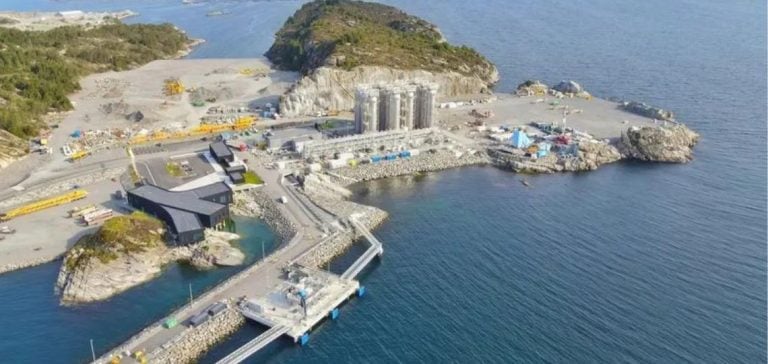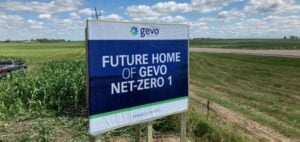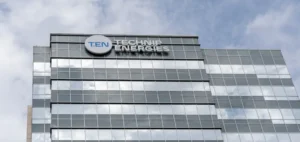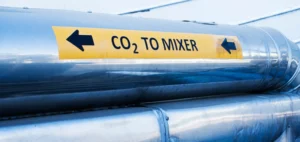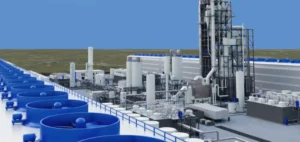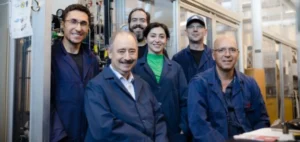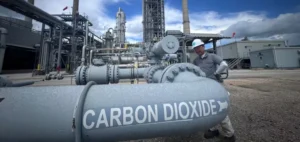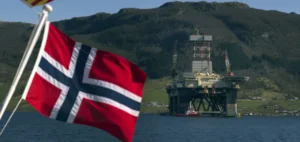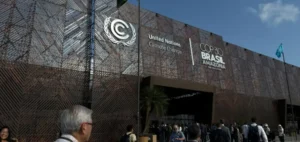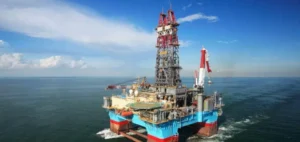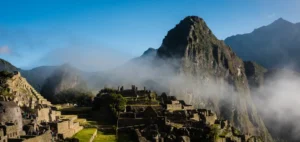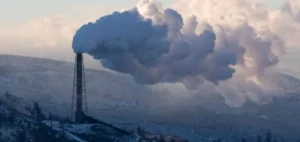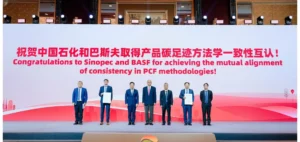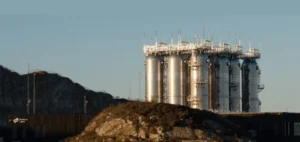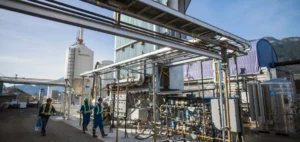Reducing CO2 emissions remains a major challenge for industry.
Carbon capture and storage (CCS) technologies are emerging as an essential lever for offsetting residual emissions.
However, despite growing recognition, these projects are not being deployed on a sufficient scale to meet carbon neutrality targets.
According to a recent report by Wood Mackenzie, carbon capture needs to be scaled up rapidly if major long-term economic repercussions are to be avoided.
CCS is now seen as a key solution to help decarbonize hard-to-electrify sectors such as heavy industry and power generation.
However, the technical complexity of these projects and their high costs are holding back widespread adoption.
At present, initiatives are mainly concentrated in North America and Europe, with little support in other regions where emissions reduction is essential.
Major technical and financial challenges
The absence of clear regulatory frameworks and solid incentive policies partly explains this delay.
Although some governments have introduced carbon pricing mechanisms or subsidies for CCS projects, these initiatives remain insufficient to create a global momentum.
What’s more, the costs associated with these technologies, particularly direct air capture (DAC), can vary considerably, from $100 to $1,000 per tonne of CO2 captured.
In comparison, nature-based solutions such as reforestation or soil management may offer less costly alternatives, but they will not be sufficient on their own to achieve the required levels of decarbonization.
One of the main difficulties lies in monetizing the carbon credits generated by capture projects.
Unlike renewable energies, CCS does not produce an immediately tangible good or service, which complicates its valuation on financial markets.
As a result, investors are reluctant to make a full commitment in the absence of clear economic guarantees.
Voluntary carbon markets, while promising, still lack transparency and consistency, which limits their ability to attract long-term financing.
The role of public policies and carbon markets
To accelerate the development of carbon capture projects, governments need to adopt more aggressive carbon pricing and regulatory policies.
At present, North America and Europe account for over 95% of announced capture capacity, mainly due to favorable incentive policies.
However, without a coordinated global effort, these initiatives risk remaining marginal and insufficient to offset global emissions.
Experts believe that strengthening market mechanisms could encourage more private investment.
The introduction of regulated carbon markets, where companies would be obliged to offset part of their emissions, could turn carbon capture into an attractive financial opportunity.
In addition, public-private partnerships could play a key role in the implementation of large-scale projects, particularly in developing countries, where natural resources offer great potential for nature-based solutions.
Towards the industrialization of carbon capture
Despite the challenges, some industrial players are already moving ahead with the development of CO2 capture technologies.
Direct air capture projects, although costly, are seen as essential for removing CO2 already in the atmosphere.
However, to make these projects viable on a large scale, technological advances are needed, particularly in optimizing supply chains and reducing plant energy consumption.
The industrialization of these technologies is crucial to achieving the decarbonization targets set for 2050.
The Wood Mackenzie report points out that, although nature-based solutions are more affordable, they will not be sufficient to meet global needs.
An approach combining these solutions with industrial capture technologies will be essential to offset emissions from the most difficult-to-decarbonize sectors, such as cement, steel or heavy transport.
Growth prospects and next steps
Wood Mackenzie’s forecasts show that demand for carbon capture solutions could triple by 2050, particularly if the issues of carbon market reliability and credit verification are resolved quickly.
Businesses must be prepared to pay for these technologies, while governments must strengthen regulatory frameworks to facilitate carbon credit trading and ensure greater transparency.
The mobilization of the private sector and the commitment of governments will be decisive in the ability to deploy these solutions on a sufficient scale to achieve carbon neutrality.
The carbon market will undoubtedly become a major financial lever to support these projects.
However, the success of these initiatives will largely depend on the integration of these solutions into national and international decarbonization strategies.


